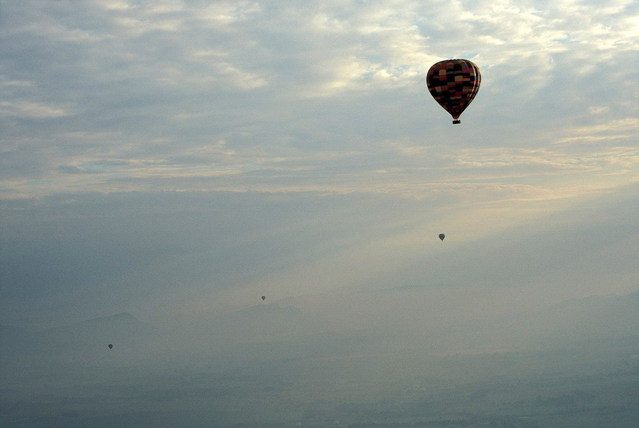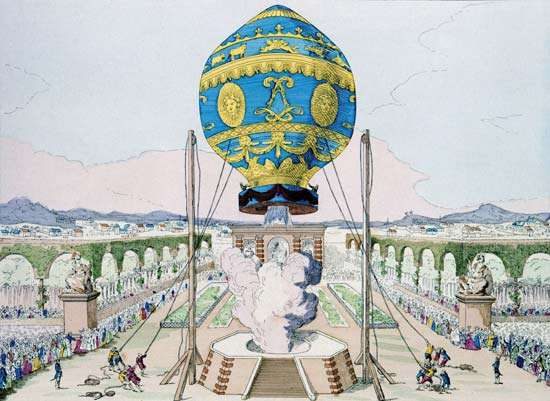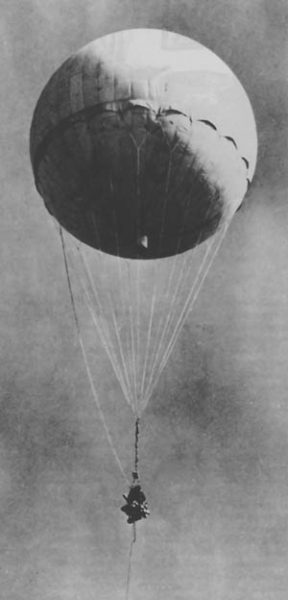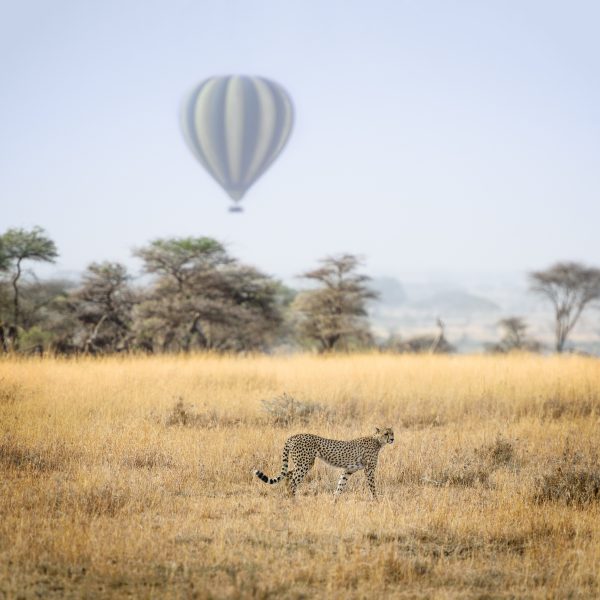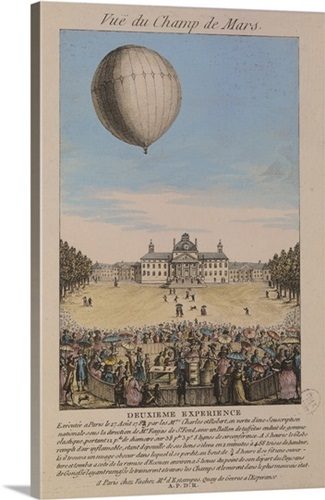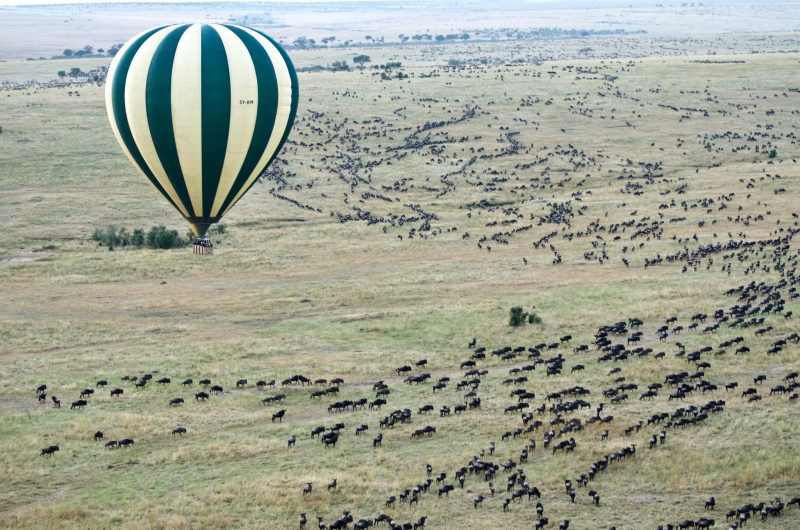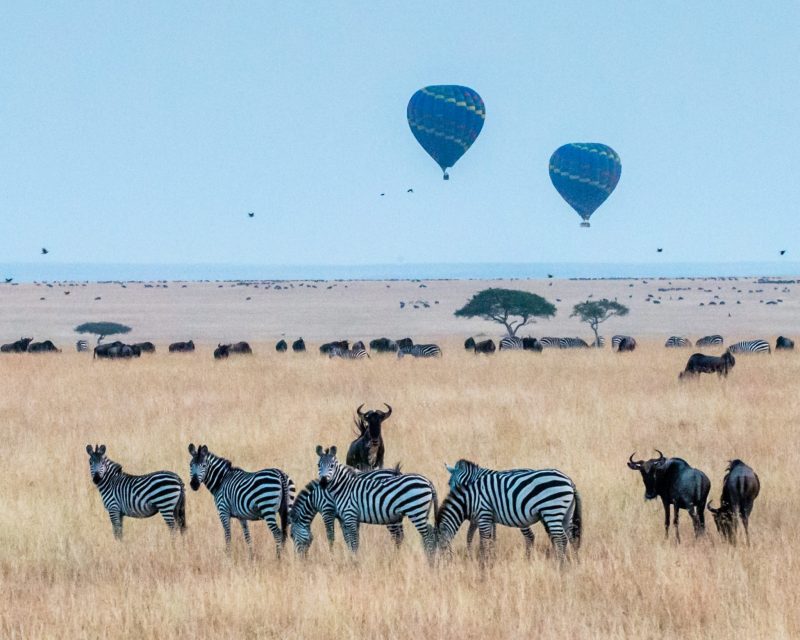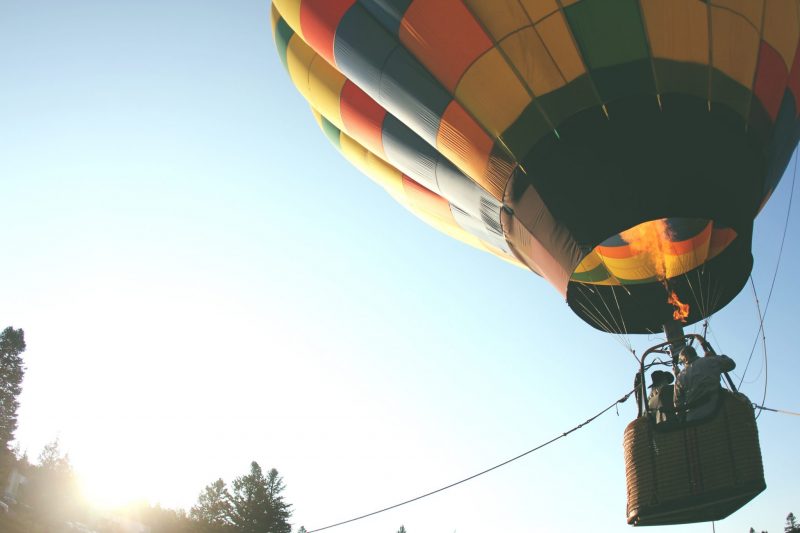Evolution Of Balloons From Montgolfier Days
Anyone who takes an hotair balloon ride in the savannahs of Kenya marvels at the wonderful experience they feel while in the air and also after the ride. Ever since its invention, a balloon ride never fails to thrill the passengers. Equally spectacular is the history of how the craft came into being. But it is also perhaps the most untold nonfictional story in the history of humankind.
Invention of balloons
Balloon building is a craft century in the making. The invention of one on the 4th of June 1783 brings to mind two brothers, both prosperous paper manufacturers, named Joseph-Michel Montgolfier and Jacques-Etienne Montgolfier who made its first forays. They observed that heated air flowing directly into paper or fabric bag made it rise. The brothers thought that they had discovered a gas that was lighter than air. In fact, it was merely air, which became buoyant as it was heated. The bag rose because the air within was less dense and lighter than the surrounding atmosphere, which then pushed against the bottom. It is the same theory that keeps food frozen in open freezers at the grocery stores. Cold air falls and hot air rises. The brothers demonstrated their invention before some dignitaries in Annonay, France. The balloon rose 6,600 feet and traveled about 2 kilometers. It was made of silk, lined with paper and was 33 feet in diameter. It stayed aloft for 10 minutes with nobody onboard. As word of their success spread, they demonstrated one for the king. The balloon, 30 feet in diameter, was designed with the help of a successful wallpaper manufacturer, Jean-Baptiste. It was made of taffeta and coated with alum for fireproofing.
With animals onboard
The king proposed to test the effects of altitude on living beings. So, the Montgolfiers came up with an idea of suspending a basket below the balloon and sent it aloft on the 19th of September, 1783 with three living beings. They chose a sheep, a duck and a rooster. The sheep’s physiology is similar to a human’s. The duck was unlikely to be harmed. And the rooster did not fly at high altitudes. Hence, these three beings. A crowd of 100,000, Marie Antoinette, and King Louis XVI witnessed it. The balloon lasted 8 minutes and flew about 2 miles.
First humans onboard
On the 15th of October 1783, the Montgolfier brothers launched the first manned hotair craft with Jean-Francois de Rozier aboard. He stayed aloft for four minutes. Ironically, de Rozier was not only the first human passenger of balloon travel but also its first victim. He died on the 15th of June 1785. His balloon filled with hydrogen and hot air exploded when flying across the English Channel. The world commemorated the Montgolfier brothers’ success with illustrations and engravings, and decorated chairs, crockery, and clocks with the replica of a balloon. The brothers continued with their experiments, and the Academie des Sciences of France eventually honored them. The Montgolfiers went on to publish books on aeronautics during their careers. Jacques-Etienne died on the 2nd of August 1799 after developing a process for manufacturing vellum. On the 26th of June 1810, Joseph-Michel died after inventing a calorimeter and the hydraulic ram.
Popularity of balloons
The Montgolfier brothers firmly established the invention of the hotair balloon. But its popularity had to wait for centuries. In the 1960s the American government tried to build and design them for getting the military troops over the Iron Curtain. But the balloons made too much noise and was not fit for it. People use the modern era hotair balloon mostly for leisure sport as well as a leading source of marketing. In the 1970s, the designers added the parachute valve, which allows air to escape for an easier landing. But interestingly enough, the basket of the balloon has remained the same.
Hotair balloon ride
A typical balloon ride in Kenya lasts for an hour. It starts at either the first few hours after sunrise or the last few hours before sunset. The altitude can range anywhere from treetop level to 5,000 feet. While aloft, the wind speed can take it to up to 120 mph. The two things passengers who get onboard an hotair balloon in Kenya have to pay attention to are to have one eye for the wildlife roaming the savannahs and the other eye for how the pilot maneuvers the craft.
Technique of ascent
The pilot heats the air inside the envelope to ascend by opening up the propane valve that works like the knobs on a stove or gas grill. The pilot turns it, and the flow of gas and the flame increases. If the pilot wants to increase the vertical speed, he or she just have to heat the air by blasting a massive blaze rapidly. Sometimes the pilot opens a second propane valve that burns liquid propane instead of gas propane. But it produces a weaker and less efficient flame. In Kenya, pilots often use this second valve because it is much quieter than burning gas and thus can keep from scaring the wildlife over the savannah. When the hotair balloon ascends, there is a pressure change. A good balloonist would make it easier for the passengers by avoiding ear barotrauma. The way they do it is by trying to limit the vertical speed, although technically the craft is capable of higher speeds. The hotair balloon has a cord to open the valve at the top. When the pilot pulls it, some hot air escapes from the envelope, decreasing the air temperature inside, causing the ascent of the balloon to slow down. And that is how the pilot limits and controls the vertical speed. Much depends on the temperature of the atmosphere over altitude. While ascending, the gas in the balloon expands, and the surrounding air’s density difference will change if it doesn’t cool at an equal rate. If the atmosphere has a lower cooling rate, the climb speed of the balloon will bleed off the higher it rises. But, on the other hand, if the cooling rate of the atmosphere is high, the flight will accelerate.
Piloting takes skill
Although the control system is very simple, piloting a balloon takes skill. As such, the pilots even know which direction the wind is blowing before they launch it. Piloting is a spur-of-the-moment operation to a large extent. Hence, it is very rarely possible to pilot it back to the starting point. For this reason, the ground crew has to follow the balloon by car to collect the passengers. The ride is wrapped up with a luxurious champagne breakfast in the wild surrounded by Maasai warriors
5 Frequently Asked Questions About Evolution Of Balloon Flights
To book a balloon safari, please fill out the following form or simply email us on safaris@safari-center.com

